Bruce Betts • Jun 20, 2022
Updates from our Shoemaker NEO Grant winners
The Planetary Society’s Shoemaker NEO grant program supports advanced amateur astronomers in their work to find, track, and characterize near-Earth objects (NEOs), performing important follow-up work that complements the world’s major asteroid discovery telescopes. Thanks to our members and supporters, over the 25-year history of the program, we have awarded approximately $515,000 to 70 winners in 21 countries on six continents.
The astronomers who received funding from our 2019 and 2021 round of grants have been hard at work upgrading their equipment and conducting important work. Below are summaries and quotes from recent Shoemaker NEO grant winners about what they’ve been up to.
Leonardo Amaral (2019 grant)
Observatório Campo dos Amarais (OCA), Brazil
Leonardo Amaral’s grant was for a telescope mount that now provides much greater stability, enabling longer camera exposures as well as increased tracking capability. The location of Observatório Campo dos Amarais (OCA) in Brazil makes it particularly important for its view of the very southern sky, for which few near-Earth asteroid observing telescopes are positioned.
“In 2021 OCA discovered two new NEOs,” reports Amaral. He also participated in the discovery of four others, and in 2022 OCA discovered yet another. Back in 2020, Amaral discovered a kilometer-wide near-Earth asteroid as well as a comet.
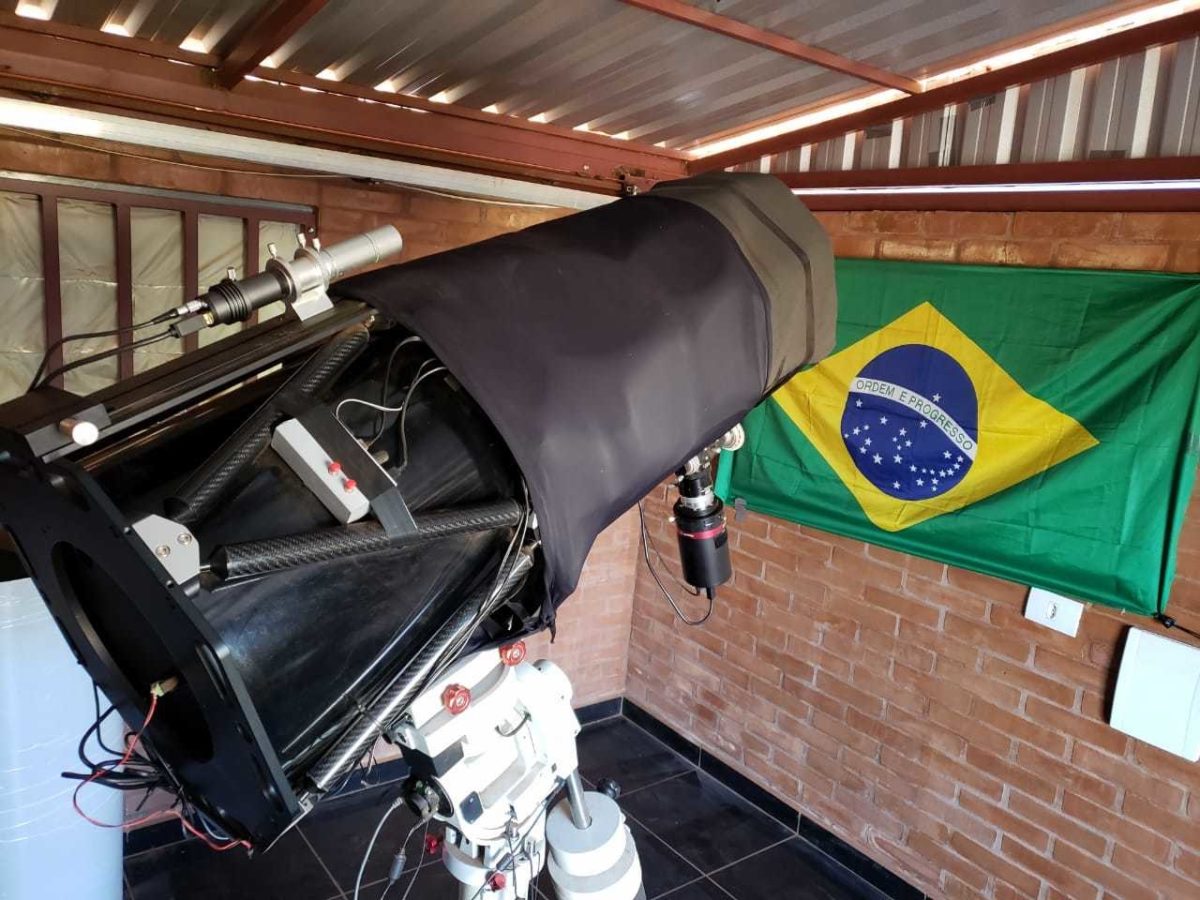
Paulo Bacci, Luciano Tesi, and Martina Maestripieri (2019 Grant)
Gruppo Astrofili Montagna Pistoiese (GAMP) at the Osservatorio Astronomico della Montagna Pistoiese, Italy
This team’s award was for equipment including dome-control and weather-monitoring hardware and software to adapt their 0.6-meter telescope to remote operation, which was implemented successfully. This enabled many more observations including rapid follow-up observations of newly discovered NEOs.
Recently, they have made observations that contributed to: the discovery of two binary asteroids, submission of over 85,000 NEO position measurements in 2021; and collection of lightcurve data (brightness with time) for several asteroids. They also were able to rapidly respond to observe the small one-meter asteroid 2022 EB5 that was found only two hours before impacting Earth’s atmosphere over the North Atlantic.

Vladimir Benishek (2017 and 2021 grants)
Sopot Astronomical Observatory, Serbia
Two-time grant winner Vladimir Benishek focuses on determining light curves (brightness with time) that help determine spin rates of asteroids and discover binary asteroids (two asteroids close together). He works with a consortium of observers around the world to discover binaries. During the last year “largely enabled thanks to the equipment procured with the funds of the 2017 Shoemaker NEO Grant,” 12 new binary asteroid systems were originally detected at Sopot Observatory by Benishek.
Progress is being made in his construction of a new 508 mm (20 inch) telescope for NEO studies including use of the 2021 Shoemaker grant to acquire a secondary mirror and order a primary mirror.
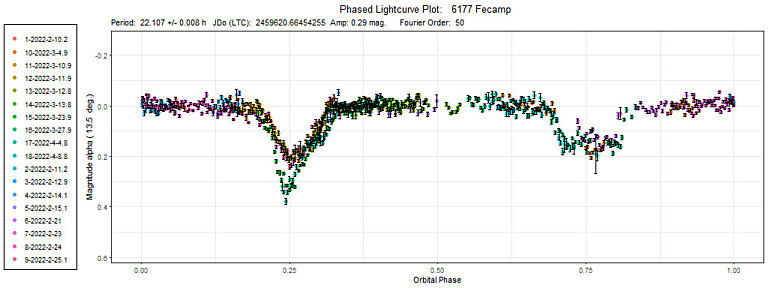
Fabrizio Bernardi and Maura Tombelli (2021 grant)
Gr.A.M. (Gruppo Astrofili Montelupo) at the Beppe Forti Observatory, Italy
The 2021 Shoemaker NEO grant enabled the Gruppo Astrofili Montelupo (Gr.A.M.) to order a new camera that will provide a much larger field of view than their previous equipment. This will allow them to detect fainter NEOs by using longer observations while still keeping the moving asteroid within the field of view.
The 65-member Gr.A.M. (Montelupo’s group of amateur astronomers) has significantly increased their numbers of observations, recovering from the pandemic period, while they await the new camera due in July. They received significant local press coverage following the awarding of our grant.
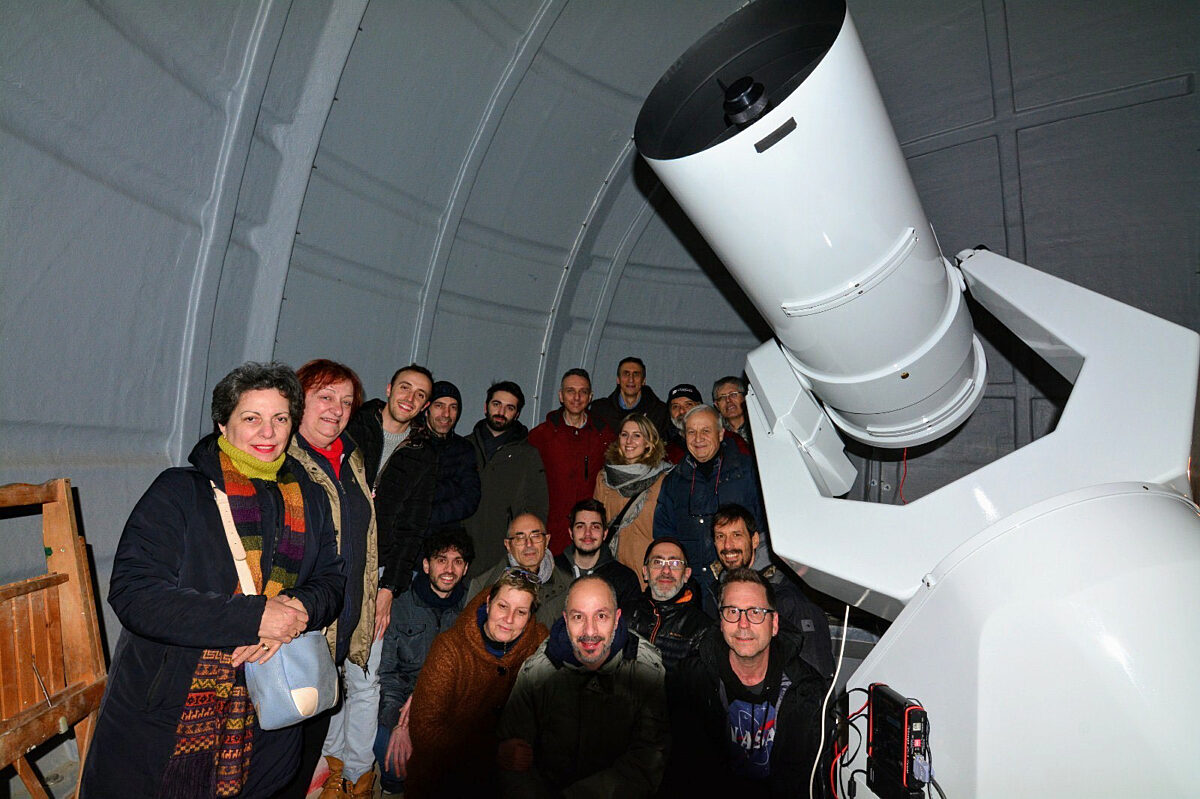
Massimo Calabresi, Roberto Haver, and Raniero Albanesi (2021 grant)
Associazione Romana Astrofili, Italy
A group of astronomers who were awarded a 2021 Shoemaker NEO grant recently received a sensitive camera and filters, which they installed along with custom adapters they created. They are in the midst of calibration of the camera and experimenting to find the best observing operations strategies to see magnitude 21.5 (really, really dim) objects. They were successful in receiving significant local press coverage following the awarding of the grant.
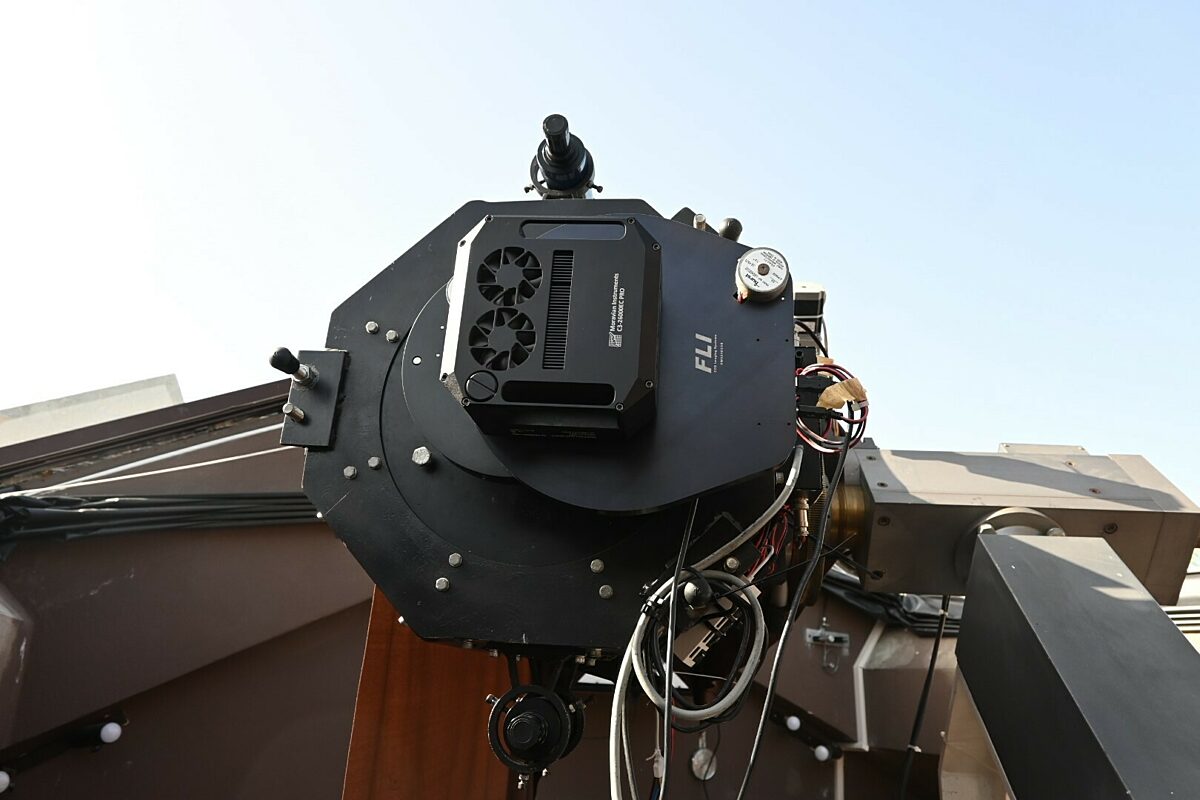
Russell Durkee (2019, 2010, 2009 grants)
Shed of Science South Observatory, United States
Russell Durkee, who has won three Shoemaker NEO grants, told us that, “the Shed of Science South has been plugging away hunting for binary asteroids and mentoring students with an interest in astronomical research. In the last year we have co-discovered 13 new binary asteroids by doing high precision photometry on the asteroids as they rotate. Thanks to the most recent Shoemaker NEO grant which allowed us to purchase an ultra sensitive camera, we are able to regularly achieve … a sensitivity and precision that is unusually good for a privately funded observatory. Thanks to previous Shoemaker NEO Grants in 2009 and 2010, we were able to advance the quality and efficiency of our program by leaps and bounds and achieve success that would have been out of reach if it were not for the generosity of Planetary Society members.”
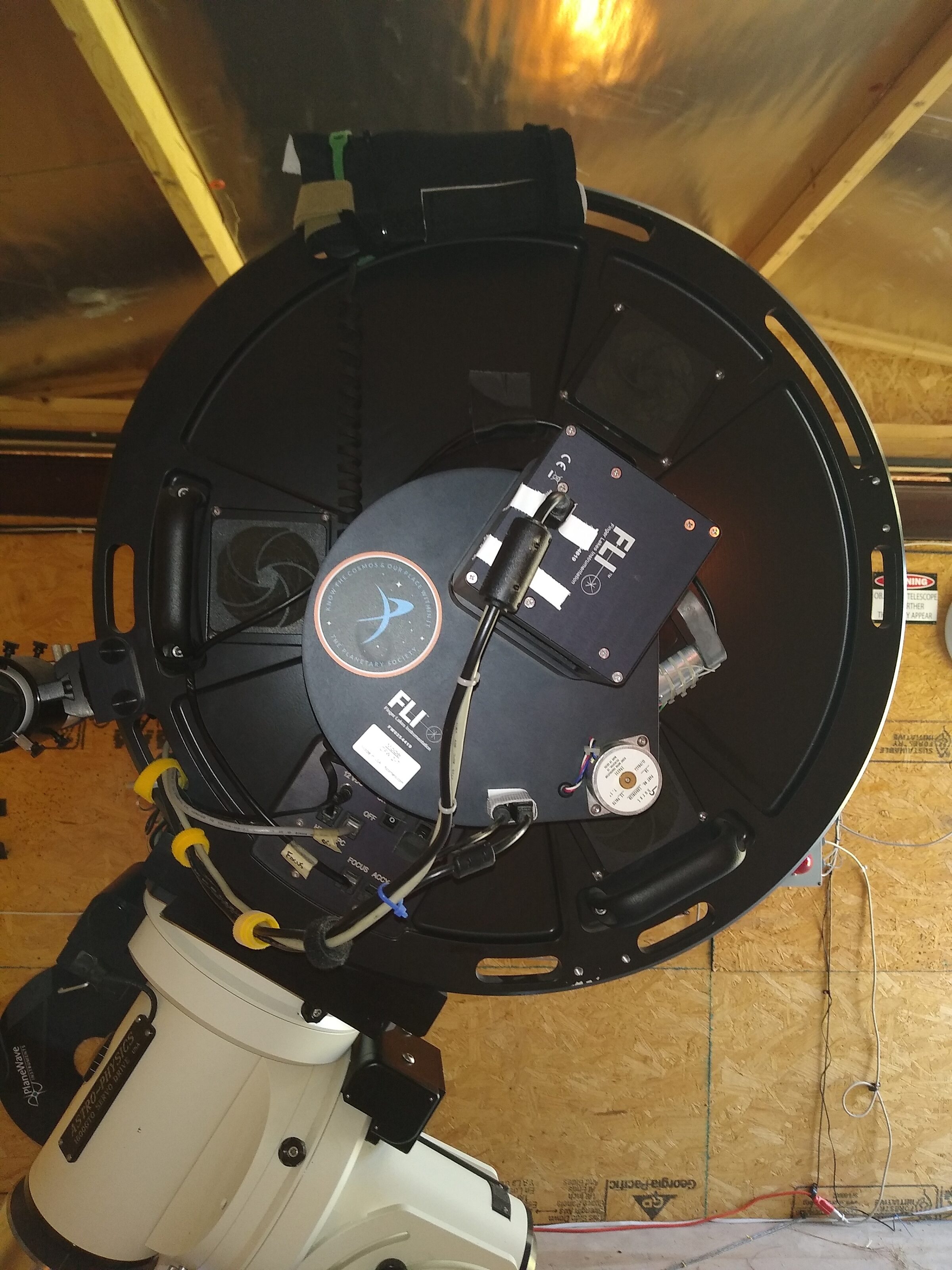
Cristóvão Jacques, João Ribeiro, and Eduardo Pimentel (2021 grant)
SONEAR (Southern Observatory for Near Earth Asteroids Research) Observatory, Brazil
Recent grant winners from the Southern Observatory for Near Earth Asteroids Research were able to acquire a highly efficient full frame camera as well as a video card to use with specialized software to conduct follow-up NEO observations. “Before the upgrade we were able to follow up objects with a limiting magnitude of 20.5 and today after receiving the Grant and using the video card with Tycho Software we were able to reach magnitude 21.5” — 2.5 times dimmer, enabling many more position measurements of recently discovered asteroids. “Compared to the same period last year, we were able to do 3x more follow ups. I really appreciate this upgrade provided by Planetary Society. It really took us to a much higher level.”
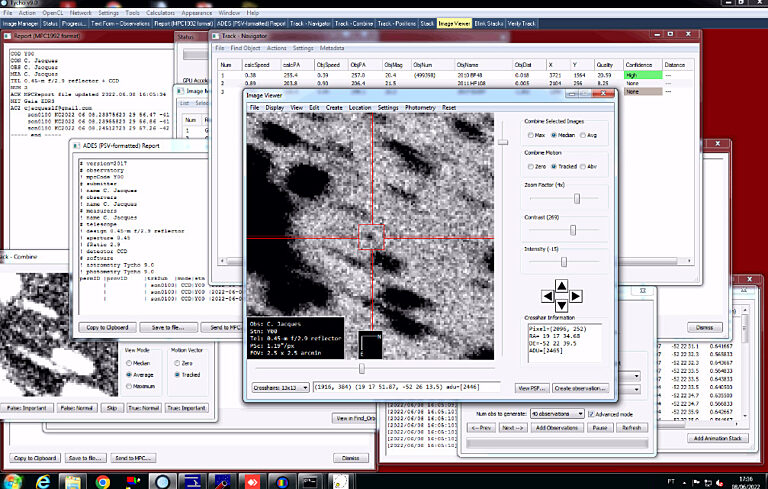
Korado Korlević (2019, 2021 Grants)
Višnjan Observatory, Croatia
Two-time winner Korado Korlevic’s 2021 grant was for a more sensitive and efficient camera for their one-meter telescope. They had been facing many technical challenges over the past years, but this grant allowed them to get back to their observations.
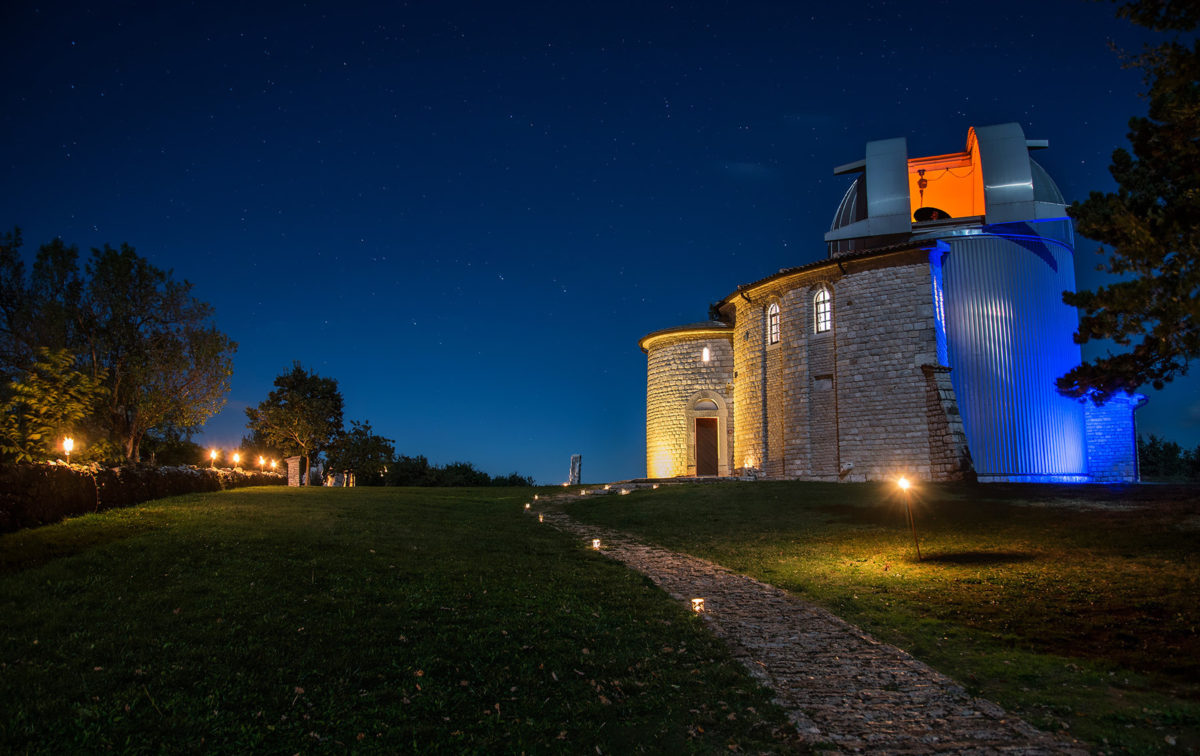
Florent Losse (2021 grant)
Observatory Code I93, France
Recent Shoemaker NEO grant winner Florent Losse shared the following: “Thanks to The Planetary Society NEO grant, my observatory is now fully operational after the breakdown of my old camera. After the necessary calibrations and numerous tests, I am very pleased to say that the performances meet my best expectations. The good sensitivity of the camera allows us to routinely work on targets up to the 21th magnitude and fairly fainter when the conditions are good. The wider field of view compared to my previous setup greatly facilitates the recovery of newly discovered NEOs with large uncertainties. I was able to confirm and follow-up more than 300 NEOs during the five previous months. It is a 1.5x increase regarding the same period compared to other years. The grant was crucial in allowing me to continue NEO observations and to provide useful measurements, thanks again to The Planetary Society for its support.”
Alessandro Nastasi, Sabrina Masiero and Mario Di Martino (2019 Grant)
GAL Hassin Astronomical Center in Sicily, Italy
2019 grant winners from the GAL Hassin Astronomical Center were able to their robotic telescope into a new, three-meter external dome in June 2020, allowing them to study 123 NEOs, including two asteroids for the 2021 International Asteroid Warning Network (IAWN) campaigns:
- 99942 Apophis 2021 Observing Campaign: The results of this planetary defense exercise have been detailed into a recent published paper, including the grant winners as co-authors.
- 2019 XS: Timing Assessment: The results from this campaign confirmed the good timing accuracy they achieved thanks to the GPS synchronization system, which was purchased thanks to the 2019 Shoemaker NEO grant. The team was able to increase the accuracy of their astrometry (sky position at a given time) for fast moving objects.
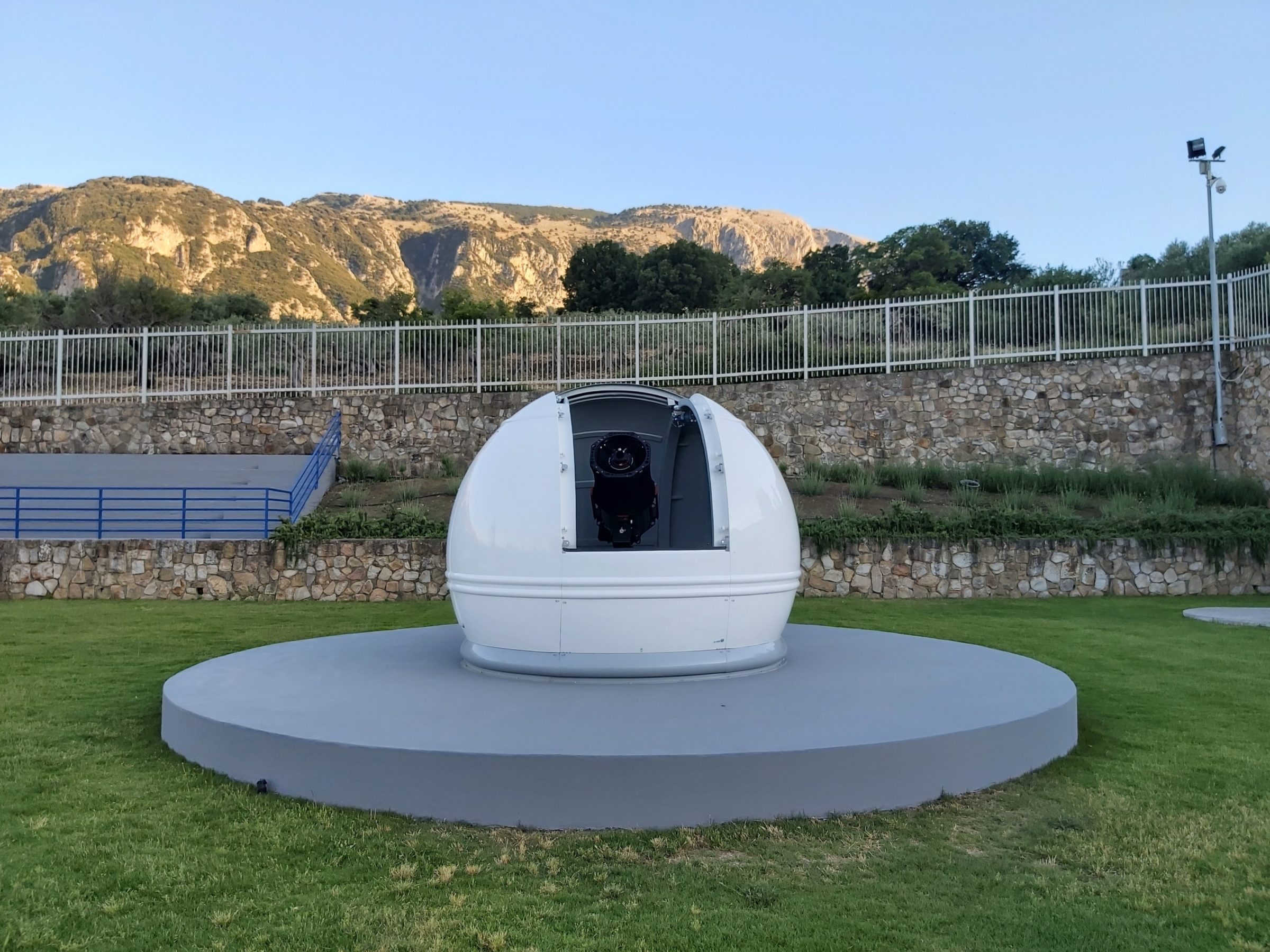
Brian Warner, Bob Stephens and Dan Coley (Four grants between the three of them)
Center for Solar System Studies (CS3), California, USA.
Warner, Stephens, and Coley observe using 10 telescopes at the Center for Solar System Studies (CS3) in Landers, California. They shared the following: “In 2021, CS3 determined the rotational periods of 286 asteroids over 260 nights — 68 of which were near-Earth asteroids. In 2021 we found 17 confirmed or suspected binary asteroids. In addition, we created 13 new shape/and pole models of main-belt asteroids.” Their observations of Jupiter Trojan asteroids also helped model targets for NASA’s Lucy spacecraft, as well as helping test solar system evolution theories.
The Time is Now.
As a Planetary Defender, you’re part of our mission to decrease the risk of Earth being hit by an asteroid or comet.
Donate Today

 Explore Worlds
Explore Worlds Find Life
Find Life Defend Earth
Defend Earth


